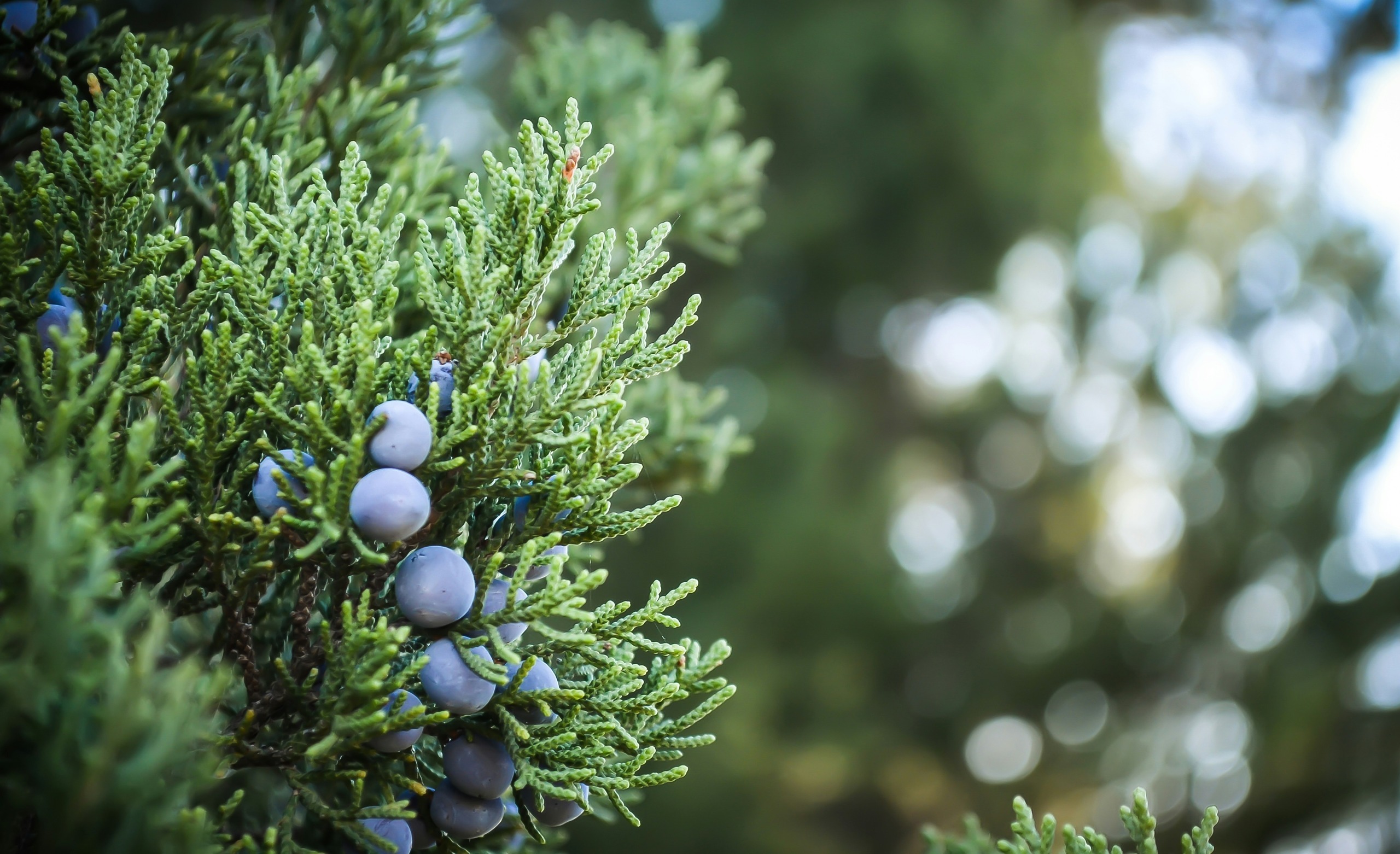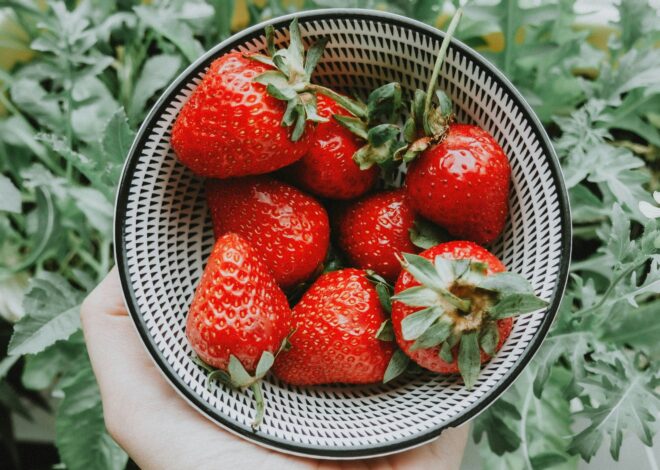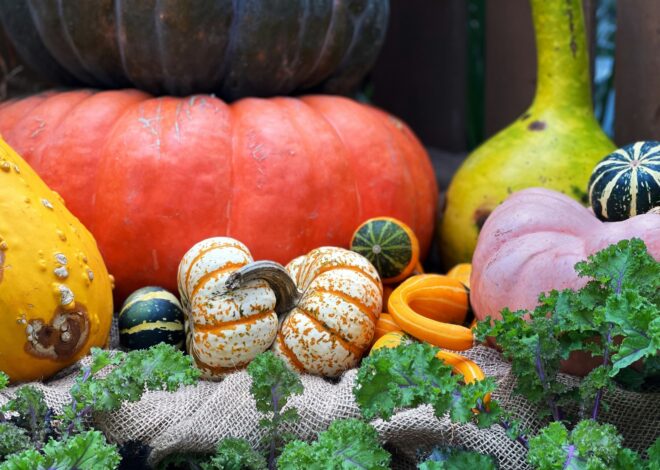
How To Grow Blueberry Bushes
Learning how to grow blueberry bushes is much easier than you think. Are you dreaming of plump, juicy blueberries right from your own garden? Growing blueberry bushes can be a rewarding and enjoyable experience. Not only do they provide delicious fruit, but they also enhance the beauty of your landscape with their vibrant foliage and delicate flowers.
Whether you’re a seasoned gardener or just starting out, cultivating these delightful shrubs is easier than you might think. With the right knowledge and care, you’ll soon be on your way to enjoying fresh blueberries in no time. Let’s dive into how to grow blueberry bushes so you can savor the sweet rewards of your hard work!
Benefits of Growing Your Own Blueberries
Growing your own blueberries comes with a treasure trove of benefits. First and foremost, these plump berries are packed with nutrients. They’re rich in antioxidants, vitamins, and fiber—a true superfood. Having your own blueberry bushes means fresh produce at your fingertips.
Imagine stepping into your garden to pick ripe berries for breakfast or snacks. There’s nothing quite like the taste of sun-warmed fruit. It also promotes sustainability. By growing blueberries yourself, you reduce reliance on store-bought options that may have traveled long distances.
This helps decrease carbon footprints while enjoying organic produce right from your yard. Gardening can be therapeutic as well. Tending to blueberry bushes provides physical activity and a chance to unwind amidst nature’s beauty. The joy of nurturing plants while watching them flourish is rewarding in itself.
Plus, it’s an engaging project for families or friends to bond over—creating memories alongside delicious fruits!
Climate and Location Requirements for Blueberry Bushes
Blueberry bushes thrive in specific climate conditions. They prefer areas with cold winters and warm summers. This temperature range helps the plants to set fruit effectively. Location matters too. Choose a spot that receives full sunlight for at least six hours daily.
Morning sun is beneficial as it dries dew quickly, reducing disease risk. Good air circulation is essential for blueberry bushes, especially during flowering and fruiting seasons. Avoid planting near tall structures or dense trees that can block airflow.
Hardiness zones vary by species, so check which type of blueberry thrives best in your region before planting. Consider local frost dates when deciding when to plant your bushes for optimal growth and yield.
Choosing the Right Type of Blueberry Bush
When it comes to choosing the right type of blueberry bush, consider your local climate first. Different varieties thrive in specific conditions. For instance, Northern highbush blueberries flourish in cooler regions, while Southern highbush types prefer warmer climates.
Next, think about space. Some bushes grow tall and wide, perfect for bigger gardens. Others are compact and suited for containers or smaller areas. Pollination is another factor to keep in mind. Many blueberry bushes benefit from cross-pollination with other varieties. Planting at least two different kinds can boost berry yield significantly.
Check the flavor profiles of various types—some are sweeter than others, which can influence your culinary choices later on. Each variety offers unique advantages that cater to diverse gardening needs and taste preferences.
Soil Preparation and pH levels for Optimal Growth
Preparing the soil is crucial for thriving blueberry bushes. These plants prefer acidic conditions, so testing your soil’s pH is key. Aim for a pH level between 4.5 and 5.5, which creates an ideal environment. If your soil is too alkaline, you can lower the pH using sulfur or organic compost that’s rich in pine needles or oak leaves.
Mixing these materials into the top layer of soil will help create that perfect balance. Good drainage also plays a significant role in root health. Blueberries dislike sitting in waterlogged conditions; therefore, consider raised beds if your garden has heavy clay soils.
Before planting, enrich the soil with well-rotted manure or a specialized fertilizer designed for acid-loving plants. This nourishment sets up your blueberries for robust growth and abundant fruit production down the line.
Preparing and Planting Your Blueberry Bushes
Preparing your blueberry bushes begins with selecting the right planting site. Choose a sunny spot with at least six hours of direct sunlight each day. Blueberries thrive in well-drained soil, so avoid areas prone to standing water. Before planting, dig holes that are about twice as wide and deep as the root ball of your bushes.
This gives them ample space to develop healthy roots. Mix organic matter like compost into the soil for added nutrients. When you’re ready to plant, gently place each bush in its hole. Ensure that the crown is level with or slightly above ground level.
Backfill with soil and pack it lightly around the base. Water thoroughly after planting to settle the soil around the roots. Aim for a spacing of 4-5 feet between plants if you’re growing multiple bushes; this ensures good airflow and room for growth later on.
Watering and fertilizing techniques
Watering blueberry bushes requires a thoughtful approach. They thrive in moist but well-drained soil. Aim for about one to two inches of water per week, adjusting based on rainfall. Use drip irrigation or soaker hoses to deliver water directly to the roots. This method prevents fungal diseases by keeping foliage dry.
Fertilizing is equally important for robust growth and fruit production. Use an acid-based fertilizer formulated for blueberries, usually high in nitrogen. Apply it in early spring and follow package instructions carefully. Avoid over-fertilization; too much can harm your plants rather than help them flourish.
A layer of organic mulch around the base helps retain moisture while slowly enriching the soil as it breaks down. Monitoring your plants regularly will help you adjust watering and fertilizing schedules as necessary—healthy blueberry bushes are more resilient against pests and diseases.
Maintenance and Care for Blueberry Bushes
Maintaining blueberry bushes is essential for a fruitful harvest. Regular pruning helps promote air circulation and encourages new growth. Aim to trim about a third of the older branches each year. Pest management is crucial, too. Keep an eye out for aphids and spider mites, which can damage leaves.
Natural remedies like neem oil are effective against these pests without harming your plants. Mulching around the base of the bushes retains moisture and suppresses weeds. Use pine bark or sawdust as mulch since blueberries thrive in acidic conditions. Fertilizing should be done sparingly—too much nitrogen can lead to lush foliage but fewer berries.
A balanced fertilizer specifically designed for acid-loving plants works best. Monitor water levels carefully, especially during dry spells. Blueberries need consistent moisture to produce juicy fruit; however, avoid waterlogging their roots, as this can cause rot or disease issues over time.
Common Pests and Diseases to Watch Out For
Blueberry bushes can attract a variety of pests that threaten your harvest. One of the most common culprits is the blueberry fruit fly, which lays eggs in the berries. This leads to unsightly and damaged fruit. Another frequent visitor is the aphid.
These tiny insects suck sap from leaves, causing them to curl and weaken over time. Keeping an eye on leaf health can help catch infestations early. Fungal diseases like powdery mildew are also concerns for gardeners. They thrive in humid conditions and manifest as white spots on leaves, affecting overall growth.
Regularly inspecting plants allows you to identify issues before they escalate. Using organic pest control methods can be effective while preserving your blueberries’ integrity. Maintaining healthy soil will bolster your bushes against these threats too—healthy plants are less susceptible to disease!
Harvesting and Storing Your Blueberries
Harvesting blueberries is a rewarding experience. Wait until the berries are fully ripe, with a deep blue color and a slight white bloom on their surface. Gently twist or pull the berries from the bush to avoid damaging them. Timing is key. Blueberries usually ripen in late summer, but check your plants frequently.
A staggered harvest can yield more fruit over several weeks. Once harvested, handle your blueberries carefully. Place them in shallow containers to prevent crushing. If you plan to store them, refrigerate promptly in breathable containers for up to two weeks. For longer storage, consider freezing your blueberries.
Spread them out on a baking sheet first; this prevents clumping when frozen together later. Once solidified, transfer them into airtight bags or containers for future use. With proper care during harvesting and storage, you’ll enjoy fresh blueberries long after picking!
Creative Ways to Use Freshly Picked Blueberries
Freshly picked blueberries offer a burst of flavor and endless possibilities. Transform them into a vibrant blueberry sauce that can elevate pancakes, waffles, or even grilled meats. For a refreshing twist, try infusing your water with blueberries.
Simply add some to a pitcher along with mint leaves for an invigorating drink. Baking is another delightful option. Blueberries make fantastic muffins and pies that are perfect for sharing or enjoying alone with afternoon tea.
If you’re in the mood for something savory, toss them into salads alongside goat cheese and walnuts. The sweet-tart contrast is simply irresistible. Don’t forget about homemade jams! Preserve those berries so you can enjoy their taste all year long—it’s an excellent way to savor summer on toast during chilly mornings.
Conclusion: Enjoying Your Homegrown Blueberries
Growing blueberry bushes offers a rewarding experience that goes beyond just the delicious fruit. Imagine stepping into your garden and plucking fresh, juicy blueberries straight off the bush. The satisfaction of nurturing these plants from tiny seedlings to fruitful bushes is immense.
Once harvested, there are countless ways to enjoy your blueberries. You can eat them fresh as a snack or toss them in salads for an added burst of flavor. Baking with blueberries opens up a world of possibilities—think muffins, pies, and pancakes filled with their sweet goodness. They also make delightful jams and jellies that capture summer’s essence all year long.
Caring for blueberry bushes means you get to indulge in nature’s bounty while contributing positively to your health by consuming fresh fruits rich in antioxidants. Whether you’re looking to enhance your culinary creations or simply savor their natural sweetness, homegrown blueberries are an excellent addition to any garden.
Embracing this journey not only transforms your space but also enriches your life with flavors and memories tied closely to the land you’ve nurtured. Enjoying every moment spent tending to these lovely shrubs will lead you towards many fruitful harvests ahead!



